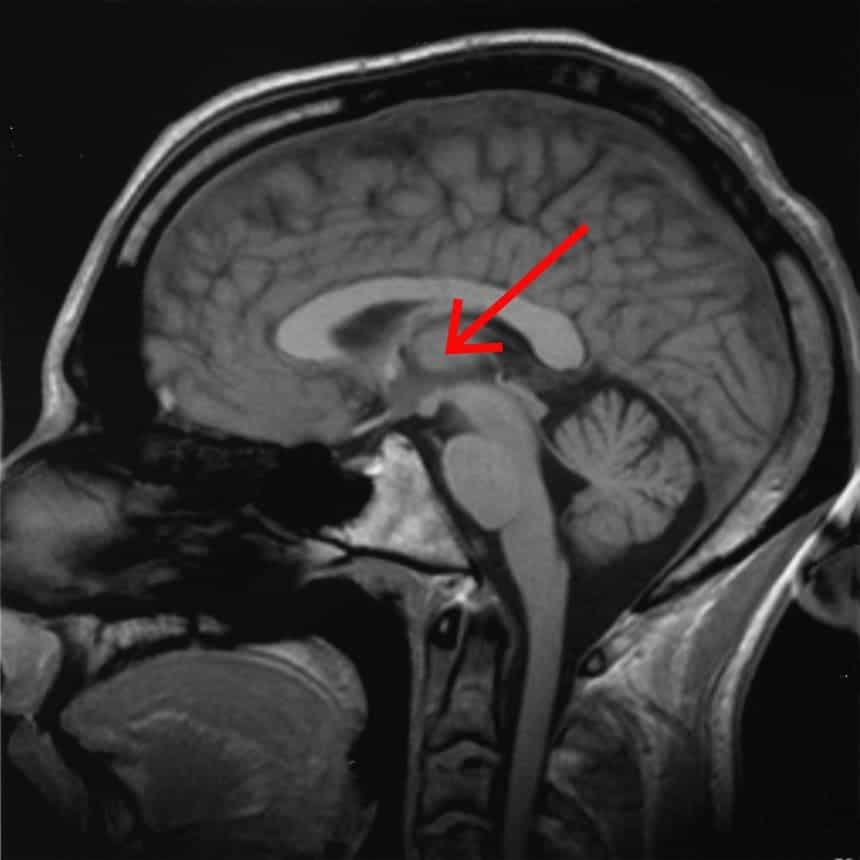Scientists have used a sonic technique to excite a man’s neurons, and the technology could one day be used to wake people up from a coma.
“It’s almost as if we were jumpstarting the neurons back into function,” says lead researcher Martin Monti.

It was a remarkable achievement, and it was the first time such a non-invasive technique was used. The technique is called low-intensity focused ultrasound pulsation, and was pioneered by Alexander Bystritsky, a UCLA professor of psychiatry and biobehavioral sciences in theSemel Institute for Neuroscience and Human Behavior. Basically, the device he created creates a small sphere of low-intensity acoustic energy at ultrasound frequencies, exciting the patient’s brain tissue. The device itself is about as big as a cup of coffee, and the amount of energy it emits is quite low. But the biggest breakthrough of this technology is that it’s non-invasive.
“Until now, the only way to achieve this was a risky surgical procedure known as deep brain stimulation, in which electrodes are implanted directly inside the thalamus,” he said. “Our approach directly targets the thalamus but is noninvasive.”
However, while the initial results were thrilling, Monti says we should wait a bit more until the technique is validated on other patients as well. He says that the first thing we should be sure of is that this wasn’t a lucky coincidence.
“It is possible that we were just very lucky and happened to have stimulated the patient just as he was spontaneously recovering,” Monti said.
The technique targets the thalamus because, in people whose mental function is deeply impaired after a coma, thalamus performance is typically diminished. In this case, the patient showed only minimal signs of being conscious and of understanding speech. In just hours, his state was improved considerably. In three days, regained full consciousness and full language comprehension, and he could reliably communicate by nodding his head “yes” or shaking his head “no.”
Because the device is so small and easy to transport, it could be incorporated into a portable “wake-up device,” helping patients in a vegetative or minimally conscious state. It’s still too early to say if the technology can truly wake people from a coma, but with the results so far, it’s hard not to get excited.


